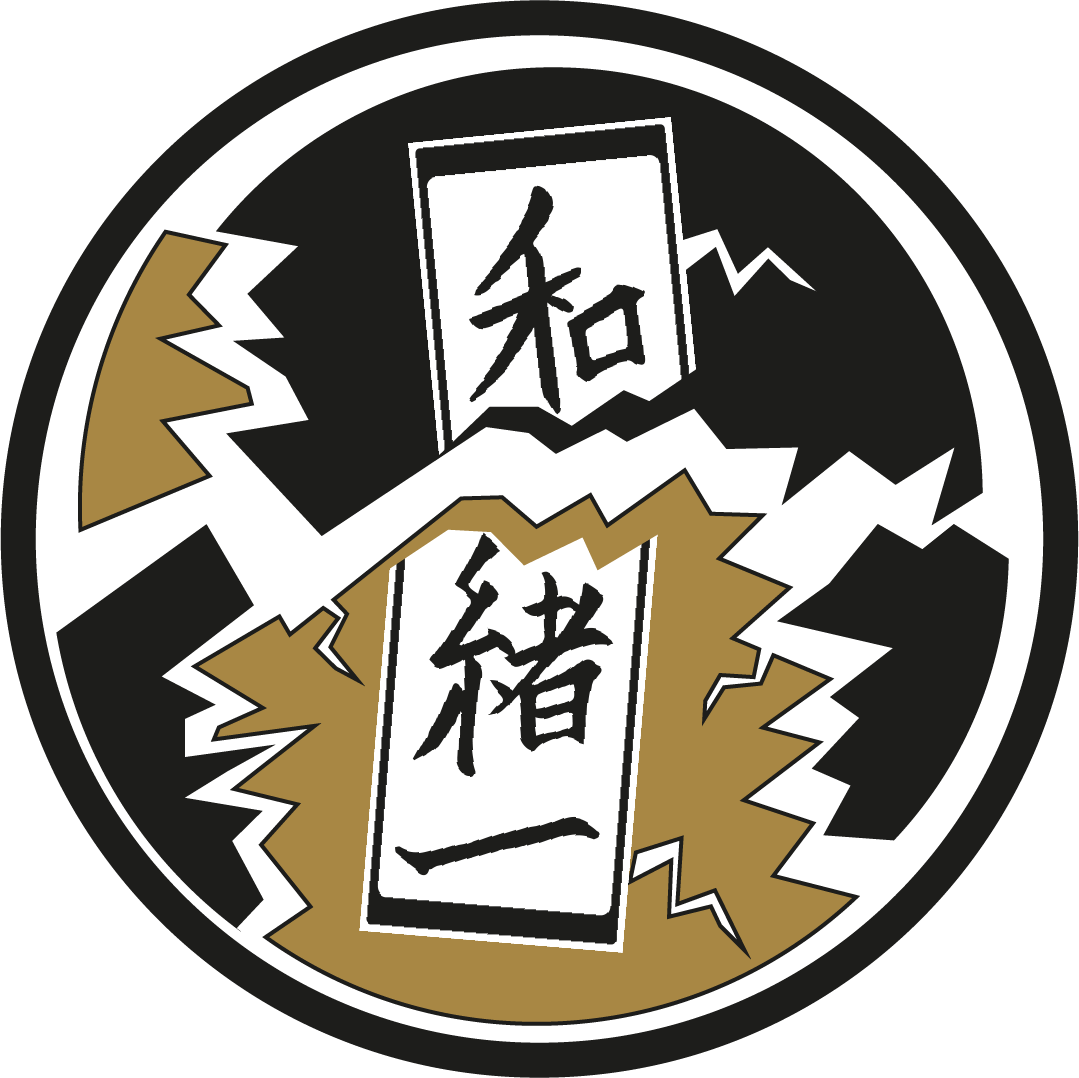Three faces of 人気
Kanji characters can be read in so many ways... And sometimes one written word can mean different things depending on how you read it. Such is the case, for example, of 人気, which has as many as three standard readings!
The first one is ninki, which is probably the one you might be familiar with, as it is used the most often. It means ‘popular’. E.g., 呪術廻戦って最近めっちゃ人気だよね! – ‘The anime Jujutsu Kaisen is very popular lately!’ However, it can also mean the condition of the market, character, nature.
The second reading is hitoke (or sometimes hitoge), which means sign of human presence and is most often used with a negation, in the form 人気がない hitoke ga nai or 人気のない hitoke no nai. We use it to talk about completely empty places. E.g., 人気のない森に狼に襲われた。– ‘I was attacked by a wolf in an empty forest’.
The third reading that the dictionary might list is jinki and refers to ‘the emotional climate of a district’, but is not that widely used. If you search for examples online, you might find that it appeared, e.g., in the memoire of Koganei Kimiko (1870–1956), a translator and younger sister of the famous writer Mori Ōgai, who wrote „父はお世辞のない人ですから、こんな土地の人気には合いません。which translates roughly to ‘Father was the type of person who didn’t say “thank you”, so he didn’t fit the emotional climate of such a district’.
Summing up, even if you think that you know a word, better stay cautious – you never know what surprises a kanji might have for you. Always pay attention to the context.
Written by AL

